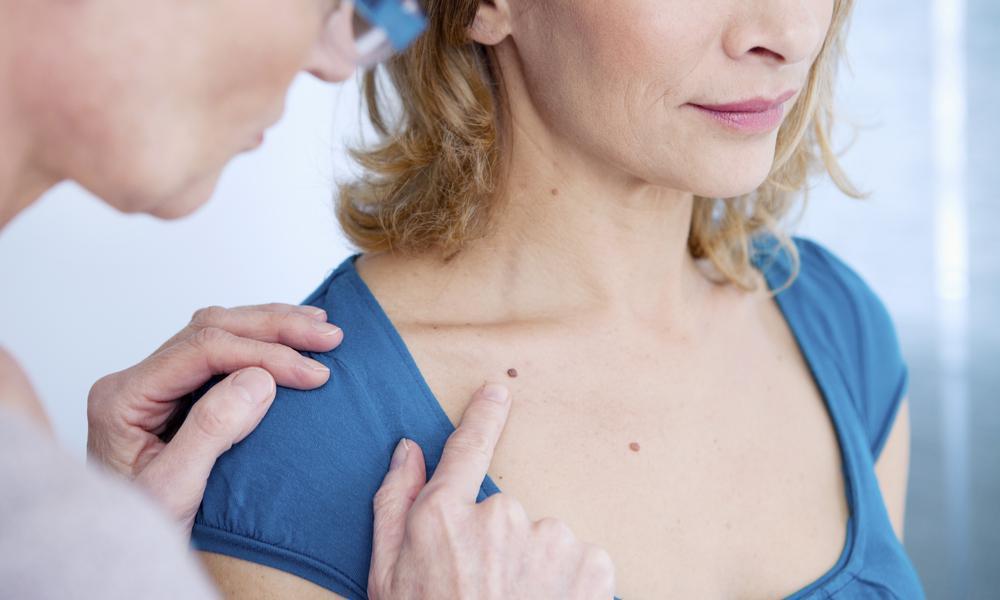Mole removal is a common dermatological procedure that many people undergo for various reasons, ranging from cosmetic concerns to potential health risks. While the removal itself is generally straightforward, one of the primary concerns for patients is the possibility of scarring afterwards. The choice of method depends on factors the mole’s size, depth, and location, as well as whether it’s suspected to be cancerous. Each technique carries different risks of scarring, with surgical excision generally having the highest potential for noticeable scars.
Factors affecting scar formation
Several factors influence how a scar develops after mole removal:
- Genetics-Some people are naturally more prone to scarring.
- Age: Younger skin tends to heal better than older skin.
- Skin type-Darker skin tones may be more susceptible to keloid or hypertrophic scars.
- Location-Areas with high tension or movement (like joints) are more prone to noticeable scarring.
- Wound care– P-oper aftercare significantly impacts scar formation.
Strategies to Prevent Scarring
Choose an experienced dermatologist
The skill of the person performing the Mole Removal plays a crucial role in minimizing scarring. An experienced dermatologist will use techniques that reduce trauma to the surrounding skin and create the smallest possible incision. Research potential providers, read reviews, and don’t hesitate to ask about their experience with mole removal procedures.
Follow post-procedure care instructions diligently
Your dermatologist will provide specific aftercare instructions. Following these precisely is crucial for optimal healing and minimal scarring.
- Applying prescribed ointments or dressings
- Avoiding direct sunlight in the area
- Refraining from picking at scabs or pulling off bandages prematurely
Keep the area moist
Maintaining a moist environment around the wound promotes faster healing and reduces the likelihood of prominent scars. Use petroleum jelly or a silicone-based gel as recommended by your dermatologist. These products create a protective barrier keeps the wound hydrated and allows new skin cells to move more easily across the wound surface.
Protect the area from sun exposure
UV radiation darkens scars and makes them more noticeable. It’s crucial to protect the healing area from sun exposure for at least six months after mole removal. Use a broad-spectrum sunscreen with an SPF of 30 and consider covering the area with clothing or a bandage when outdoors.
Massage the scar
Once the wound has fully healed (typically after a few weeks), gently massaging the scar helps. This technique improves blood circulation, breaks down scar tissue, and promotes collagen remodelling. Use a moisturizer or scar-specific product and massage in circular motions for a few minutes daily.
While it’s impossible to guarantee a completely scar-free outcome after mole removal, following these strategies reduces the likelihood of noticeable scarring. The key lies in choosing a skilled practitioner, diligently following aftercare instructions, and being proactive about scar prevention techniques


